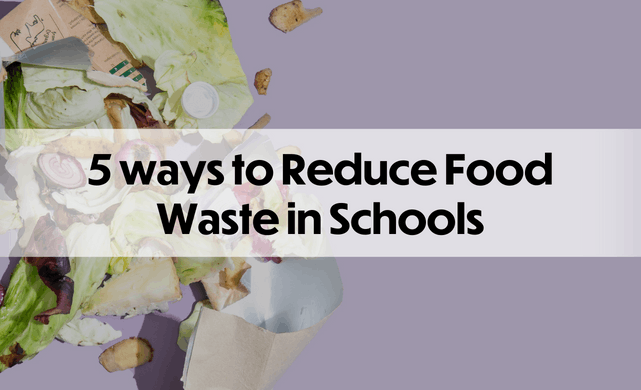Food waste is a major issue in schools and communities, not only because it contributes to environmental problems, but also because it wastes resources and money. Today we will review a few effective strategies for reducing food waste in schools.
Meal Planning: One of the primary causes of food waste in schools is uneaten meals. This can be prevented by planning meals carefully, taking into account the number of students and their food preferences. This can also help to reduce the amount of food that is prepared, reducing waste and costs.
Portion Control: Another important factor in reducing food waste is portion control. By serving smaller portions, schools can reduce the amount of food that goes uneaten, without leaving students feeling hungry. This can be achieved through the use of smaller plates and serving utensils, and by providing students with the option to have seconds.
Composting: Composting is an excellent way to reduce food waste in schools. This process involves breaking down organic material, such as food scraps, into a nutrient-rich soil amendment. Composting can be done on site, or food waste can be collected and taken to a composting facility.
Food Donation: Schools can also reduce food waste by donating uneaten food to local food banks and other organizations that provide meals to those in need. This not only reduces waste, but also helps to support the community.
Technology: Technology can also be used to reduce food waste in schools. For example, some schools have implemented food waste tracking systems, which can help to identify areas where waste is occurring and implement solutions to reduce it.
Reducing food waste in schools is a complex issue, but it can be achieved through a combination of careful planning, portion control, composting, food donation, and technology. By implementing these strategies, schools can help to reduce waste, save resources, and contribute to a more sustainable future.
